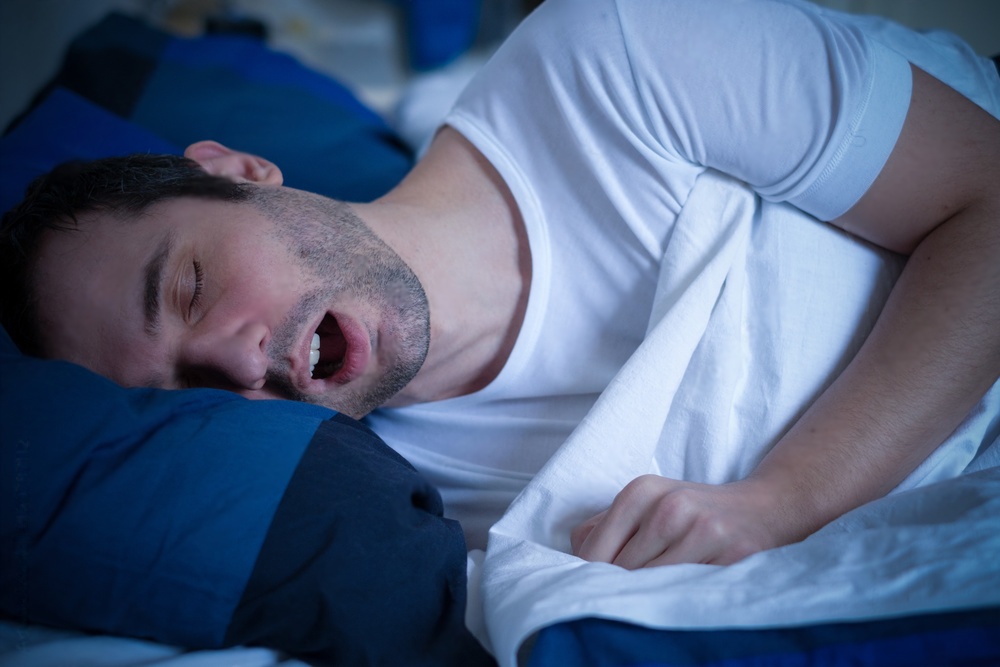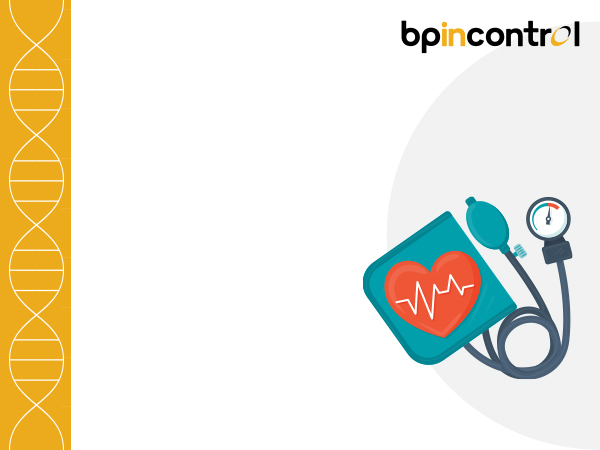Sleep Apnea: Meaning, Types, Causes, Symptoms & Treatment

Table of Contents
What is Sleep Apnea?
Sleep apnea is a sleep disorder characterised by interruptions in breathing during sleep. It is a potentially serious condition that affects millions of people worldwide. During sleep, the muscles in the throat relax, causing the airway to narrow or close momentarily. This leads to disrupted breathing patterns, resulting in brief pauses in breathing known as apneas. These apneas can occur multiple times throughout the night and can last from a few seconds to minutes, reducing the oxygen levels in the blood and disturbing the sleep cycle.
Who does sleep apnea affect?
Sleep apnea can affect individuals of any age, including children and adults. However, certain factors can increase the risk of developing sleep apnea. These include:
- Obesity: Excess weight and obesity are significant risk factors for sleep apnea. The accumulation of fatty tissues around the neck and throat can obstruct the airway during sleep.
- Age: Sleep apnea becomes more prevalent as individuals get older. The muscle tone in the throat tends to decrease with age, making it easier for the airway to collapse.
- Gender: Sleep apnea is more common in men than in women. However, the risk for women increases after menopause, potentially due to hormonal changes.
- Family History: Having a family history of sleep apnea increases the likelihood of developing the condition. Genetic factors may contribute to structural abnormalities in the airway or respiratory control centres.
Types of Sleep Apnea
There are two main types of sleep apnea: obstructive sleep apnea (OSA) and central sleep apnea (CSA).
Here is a brief overview of each type:
- Obstructive sleep apnea (OSA): This is the most common form of sleep apnea. It occurs when the airway becomes partially or completely blocked during sleep, leading to pauses in breathing. The blockage is usually caused by the relaxation of muscles in the throat, which can narrow or collapse, obstructing the flow of air. When the airway is blocked, the oxygen levels in the blood decrease and the brain prompts a brief awakening to resume breathing. These awakenings are often so brief that individuals with OSA may not remember them, but they disrupt the sleep cycle and can cause symptoms such as loud snoring, gasping for air, and daytime sleepiness.
- Central sleep apnea (CSA): Unlike OSA, central sleep apnea is not caused by a physical blockage of the airway. Instead, it occurs when the brain fails to send proper signals to the muscles responsible for controlling breathing. This lack of communication disrupts the normal breathing rhythm during sleep. CSA is less common than OSA and is often associated with underlying health conditions such as heart failure, stroke, or certain neurological disorders. Symptoms of CSA may include recurrent awakenings, shortness of breath, and difficulty staying asleep.
Signs & Symptoms of Sleep Apnea
Sleep apnea can manifest through various signs and symptoms. Here are some common sleep apnea symptoms to look out for:
- Excessive Daytime Sleepiness: Feeling excessively sleepy or fatigued during the day, even after a full night’s sleep, is a common symptom of sleep apnea. This excessive sleepiness can affect concentration, productivity, and overall quality of life.
- Loud Snoring: Intense snoring, particularly accompanied by choking or gasping sounds, is a hallmark symptom of sleep apnea. The snoring is often louder and more frequent during periods of interrupted breathing.
- Pauses in Breathing: Witnessed episodes of pauses in breathing during sleep are a significant indicator of sleep apnea. These pauses in breathing may be noticed by a bed partner or family member.
- Morning Headaches: Waking up with headaches, especially in the morning, can be a sign of sleep apnea. The oxygen deprivation caused by interrupted breathing during sleep can trigger headaches upon waking.
- High Blood Pressure (Hypertension): Sleep apnea has a strong association with hypertension. The repeated drop in oxygen levels during apnea episodes can lead to increased blood pressure, putting strain on the cardiovascular system and also causing hypertension headaches.
- Increased Risk of Heart Attack: Untreated sleep apnea is linked to a higher risk of heart attacks and other cardiovascular problems. The disrupted breathing and oxygen deprivation can put a strain on the heart, leading to potential complications.
- Fragmented Sleep and Insomnia: Sleep apnea disrupts the normal sleep cycle, causing frequent awakenings throughout the night. This can result in fragmented sleep, difficulty falling asleep or staying asleep, and a feeling of unrested sleep.
Causes of Sleep Apnea
Sleep apnea can have various causes and risk factors. Here are some common sleep apnea causes:
- Medical Conditions: Certain medical conditions, such as chronic nasal congestion, allergies, asthma, and hormonal disorders, can contribute to the development of sleep apnea. Chronic kidney disease and congestive heart failure are also associated with an increased risk of sleep apnea.
- Obesity: Excess weight and obesity are significant risk factors for sleep apnea. The accumulation of fatty tissues around the upper airway can narrow the air passage, making it more susceptible to collapse during sleep.
- Anatomical Factors: Certain anatomical features can increase the risk of sleep apnea. These include a thick neck circumference, a narrow airway, enlarged tonsils or adenoids, a small jaw, or a deviated septum.
- Age: Sleep apnea becomes more common as individuals age. The muscle tone in the throat and tongue tends to decrease, which can lead to increased relaxation and collapse of the airway during sleep.
- Family History: Having a family history of sleep apnea can increase the likelihood of developing the condition. Genetic factors may contribute to structural abnormalities or inherited traits that affect airway and breathing control.
- Smoking and Alcohol Consumption: Smoking and excessive alcohol consumption can increase the risk of sleep apnea. Smoking can cause inflammation and fluid retention in the upper airway, while alcohol relaxes the throat muscles, leading to airway obstruction.
Treatment for Sleep Apnea
Treatment for sleep apnea aims to alleviate symptoms, improve sleep quality, and reduce associated health risks. The most appropriate treatment options depend on the severity and underlying causes of sleep apnea. Here are some common approaches:
- Continuous Positive Airway Pressure (CPAP): CPAP therapy is a widely used treatment for sleep apnea. It involves wearing a mask over the nose or mouth during sleep, which delivers a continuous flow of air pressure to keep the airway open. CPAP helps prevent the collapse of the airway and promotes uninterrupted breathing.
- Oral Appliances: Oral appliances are custom-made devices that can help keep the airway open by repositioning the jaw and tongue. These devices are worn during sleep and can be an effective treatment option, particularly for mild to moderate sleep apnea or for individuals who cannot tolerate CPAP therapy.
- Lifestyle Modifications: Making certain lifestyle changes can help alleviate sleep apnea symptoms. These may include weight loss, regular exercise, avoiding alcohol and sedatives before bedtime, and adopting a healthy sleep routine. These changes can help reduce the severity of sleep apnea and improve overall sleep quality.
- Surgery: In some cases, surgery may be recommended to address specific anatomical issues contributing to sleep apnea. Surgical options may include removing tonsils or adenoids, correcting nasal abnormalities, or altering the structure of the upper airway to improve airflow.
- Positional Therapy: For individuals with positional obstructive sleep apnea (OSA), where symptoms are worse when sleeping on the back, positional therapy may be beneficial. This involves using devices or techniques to encourage sleeping in a non-supine position, such as wearing a specialised shirt or using positional pillows.
- Combination Therapy: In certain cases, a combination of treatment approaches may be used to effectively manage sleep apnea. For example, combining CPAP therapy with weight loss and lifestyle modifications can yield better results in improving symptoms and overall health.
In a Nutshell
In conclusion, if you suspect that you or someone you know may be experiencing sleep apnea symptoms, it is crucial to seek professional medical advice. Sleep apnea can significantly impact your overall health and quality of life, but with proper diagnosis and treatment, it can be effectively managed. Don’t hesitate to consult with a healthcare professional who specialises in sleep disorders.
They can provide expert guidance, conduct necessary tests, and recommend appropriate treatment options tailored to your specific needs. Take the first step towards better sleep and improved well-being by visiting our Find a Physician webpage to connect with qualified healthcare providers who can help you address your sleep apnea concerns.
FAQs
1. Which factors cause sleep apnea?
Sleep apnea can be caused by various factors. The most common type, obstructive sleep apnea (OSA), occurs when the muscles in the throat relax and block the airway during sleep. This can be due to factors such as obesity, anatomical abnormalities, nasal congestion, or weak muscle tone in the throat.
2. Is sleep apnea a serious problem?
Yes, sleep apnea is considered a serious condition. It can lead to significant health risks if left untreated. Sleep apnea is often associated with an increased risk of hypertension, heart disease, stroke, diabetes, and other complications. It can also contribute to daytime sleepiness, poor concentration, and reduced quality of life.
3. How can I cure my sleep apnea?
While sleep apnea may not have a permanent cure, it can be effectively managed with appropriate treatments. Continuous Positive Airway Pressure (CPAP) therapy is a common treatment that involves using a machine to deliver a steady flow of air pressure to keep the airway open during sleep. Other treatment options include lifestyle changes, oral appliances, surgery, and positional therapy. The right approach depends on the severity and underlying causes of sleep apnea and should be discussed with a healthcare professional.
4. What age does sleep apnea start?
Sleep apnea can affect individuals of all ages, including children and adults. However, it is more commonly seen in adults, particularly those who are overweight or have certain anatomical features. The prevalence of sleep apnea tends to increase with age.
5. How does sleep apnea feel?
Sleep apnea can manifest with various symptoms like loud snoring, gasping or choking during sleep, excessive daytime sleepiness, morning headaches, and restless sleep.


Comments (0)
No comments found.Add your comment